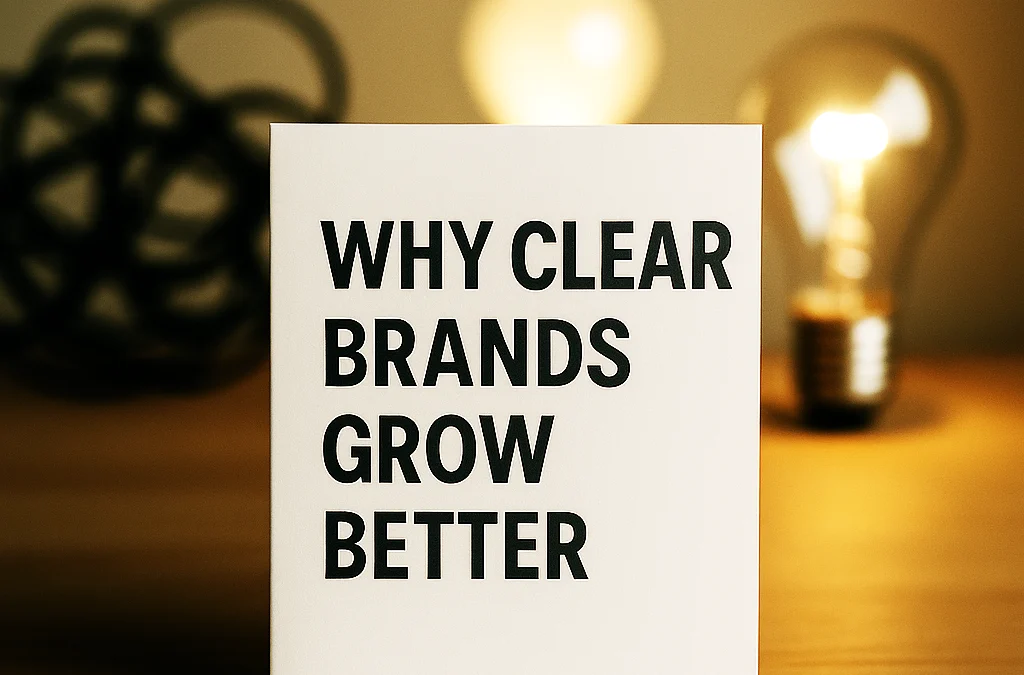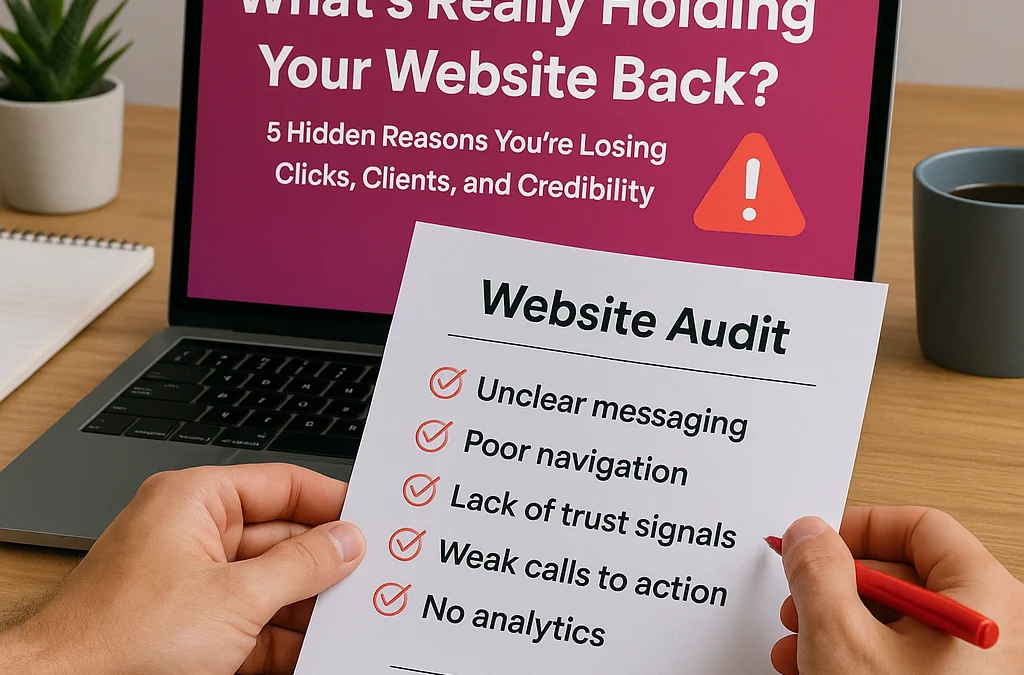
4 Common Reasons Health & Wellness Websites Fall Short
Health and wellness providers do meaningful, transformational work—from massage therapy and salon services to fitness coaching and holistic care. But while their in-person services may shine, their websites often don’t reflect the same level of professionalism or trust.
After reviewing a sample of Jacksonville-based wellness businesses, we found that most scored under 7 out of 10 on our Spark Score scale. That’s not just a number—it’s a signal that these sites are underperforming where it matters most: first impressions, client trust, and conversions.
Why They Need It
These businesses rely heavily on local clientele and personal trust. Unlike national eCommerce brands, their online presence isn’t just about being found—it’s about being chosen.
An optimized website helps:
- Showcase services clearly and confidently
- Build trust through testimonials, social proof, and professional design
- Facilitate easy booking or inquiries, which directly impacts revenue
If a potential client lands on a site that feels outdated, slow, or confusing, they’re more likely to bounce—and book somewhere else.
What’s Going Wrong?
Across our audits, the top issues we’ve seen include:
- Lack of Clear Messaging
Visitors land on the homepage and still don’t know who you help or what makes you different. - Poor Mobile & Visual Experience
From clunky navigation to off-brand or low-resolution images, many sites don’t deliver the polish people expect. - Weak Engagement & Trust Cues
Missing testimonials, no reviews, few CTAs—there’s often nothing guiding a visitor to take the next step. - Outdated Look & Feel
Even great services can feel unprofessional if your website design is cluttered, slow, or dated.
A Simple Fix to Start Strong
You don’t need to rebuild from scratch. What you need is clarity:
- What’s working?
- What’s holding your site back?
- What quick wins will create real impact?
That’s exactly what our Spark Score audits deliver. Whether you need a quick tune-up or a deeper strategic blueprint, we’ll show you how to turn your website into a client-winning asset.
🔥 Ready to Grow?
Start with a QuickSpark Score or go deeper with our BrightSpark Blueprint.
Each plan is designed to help your site connect better, build trust faster, and convert more clients.
📬 Subscribe for weekly tips & web fixes »
Your services are transformational—your website should be too.



